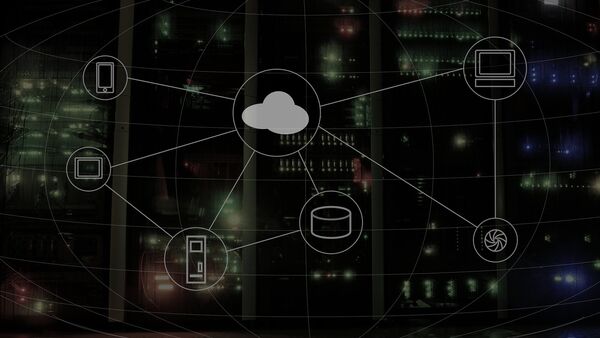First announced on September 13, cloud technologies will be integrated into the US Defense Department (DoD) in the coming years. The move will cut the Pentagon's costs, as there will be no need to purchase special equipment, while offering reductions in staffing and saving space.
It generally aims to support the US "warfighter", thus making "a pillar of the department’s strength and security," Pentagon officials were cited as saying in a report published on their official website. The Pentagon has already issued the directives to this end.
An introductory symposium, which kicked off on December 12, summoned DoD mission partners, such as its combatant commands, DoD directorates and agencies to work out nationwide and global schemes how to boost cloud capabilities.
READ MORE: Afghan Law Professor Explains Why Hague Can't Try Pentagon, CIA for War Crimes
Experts argue the cutting-edge server-free technologies, now widely used in spheres other than defense, boast a whole array of potential military benefits:
"When you go to the cloud, you’ve modernized your applications, [so] you can get data out of the application. If you can take a lot of different applications and pull the data out of them, that’s powerful," Army Lt. Gen. Alan R. Lynn, the head of the Defense Information Systems Agency [DISA], was quoted as saying. And once the data are close at hand, "you can see all the pieces of everything everyone is working on," he added.
What is especially needed in military operations is perfectly accurate logistics, capable of being delivered by cloud services:
"You build a lake of information that you can pull from, and that’s a big benefit that helps with warfighting," Lynn said. "If we need [a certain amount] of logistics to go here, and an amount of ammunition to go there, we’re now able to correlate all those different pieces at one time, which is very powerful for the warfighter."
Lynn stressed the security aspect comes first on their agenda, citing "the best security apparatus" in their ownership. "[It] tears through an attack that’s happening before it gets down to the user level," he explained.


